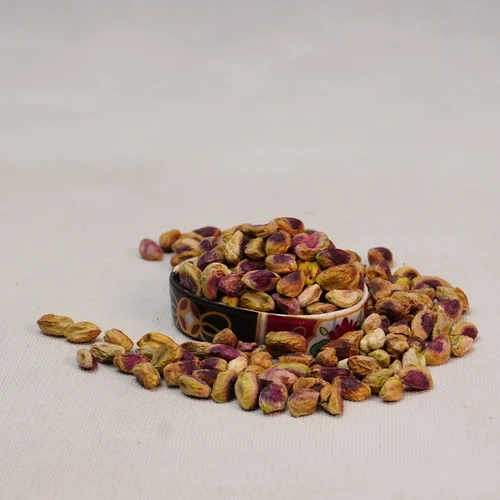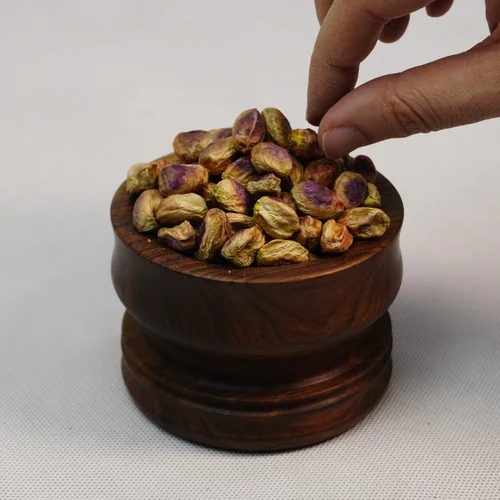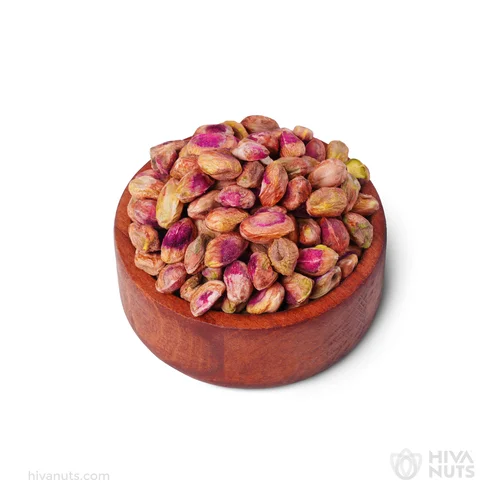Exploring pistachio biodiversity: A world of flavors and flexibility
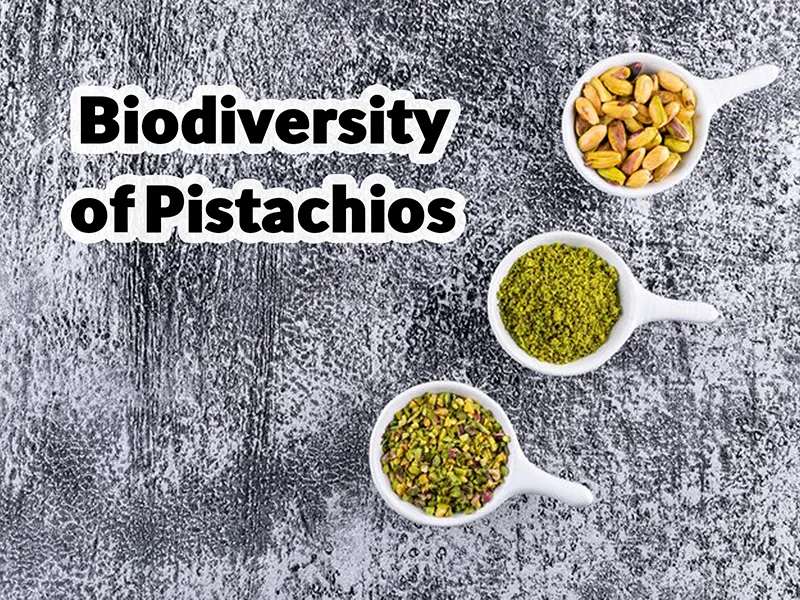
Pistachios are more than just a tasty snack – they are a symbol of rich pistachio biodiversity and centuries of cultivation. Native to Central Asia and the Middle East, pistachios have evolved into many different species and cultivars, each with unique characteristics that make them both valuable and hardy.
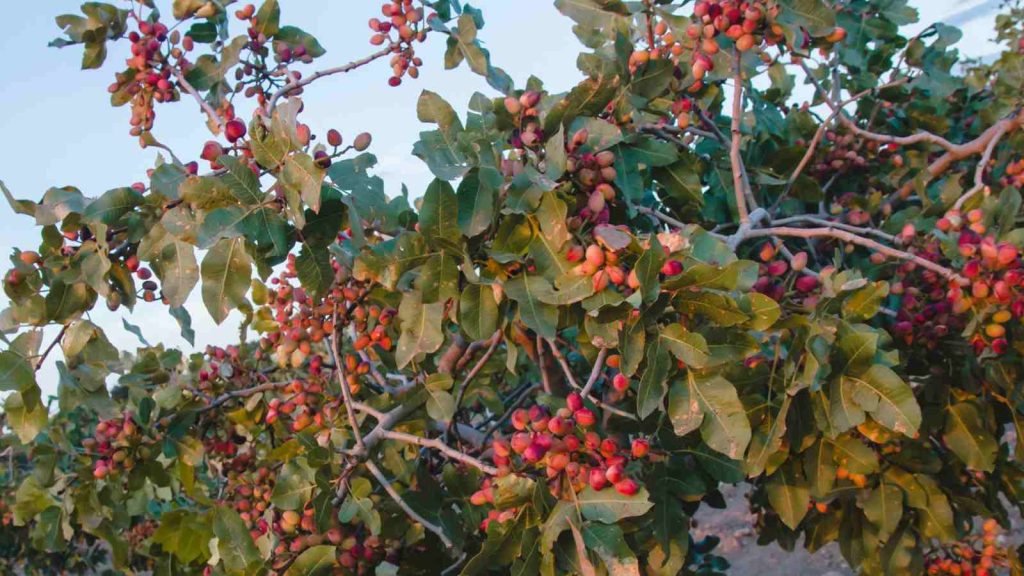
Main types of pistachios
Pistacia vera (pistachio)
The best known species, with popular cultivars such as:
- Kerman: Big and delicious
- Fandoghi: Small but productive
- Kalleh Ghouchi: round and full-kernel
- Golden Hills: high-yield and early harvest
Pistacia (Terebinth)
Used as a rootstock due to its drought tolerance.
Pistacia (Atlantic pistachio)
Resistant to pests and diseases, also used as a rootstock.
Pistacia (wild pistachio)
produces inedible nuts but provides genetic power for breeding.
Ecological Value
Pistachio trees support pollinators, birds, and wildlife. Their deep roots protect the soil, increase fertility, and stabilize landscapes.
Why is biodiversity important?
Relying on just a few varieties can make pistachios vulnerable to pests, diseases, and climate change. To ensure long-term sustainability, you should:
- Protect wild species and their natural habitats.
- Encourage sustainable agriculture with a diversified base.
- Invest in breeding programs that utilize a broad genetic pool.
Conclusion
From ancient wild species to modern cultivars, pistachio biodiversity ensures resilience, flavor, and sustainability. By protecting this diversity, we protect both the environment and the future of pistachio farming.
Hiva Nuts – Premium Pistachios from Iran
With over 50 years of expertise, we offer unparalleled quality pistachios sourced directly from the finest farms in Iran. Check out our products today and taste the difference.
Source: Hiva Nuts


